Hands-on with Panasonic’s new S 18mm F1.8 ultra-wide L-mount lens
posted Wednesday, September 7, 2022 at 9:00 AM EST
• Panasonic S 18mm F1.8 Gallery Images •

Updated with pricing and availability information
Panasonic has announced an impressive new fast, ultra-wide-angle lens for its full-frame Lumix S mirrorless camera system, the Lumix S 18mm F1.8. We've gone hands-on with the lens ahead of today's announcement, and it's impressively lightweight and sharp.
The new Lumix S 18mm F1.8 lens is the fifth Lumix S series prime lens to include an F1.8 aperture, and they all feature common size and position of control parts, which offers practical advantages. The Lumix S 18mm F1.8 weighs about 340 grams (0.75 pounds), making it quite a lightweight lens. It balances nicely on the Panasonic S1R camera I used. The lens is approximately 82 millimeters (3.23 inches) long, and its max diameter is 73.6mm (2.9 in.). The lens has a rugged dust/splash-resistant design, ensuring good performance even in adverse conditions.
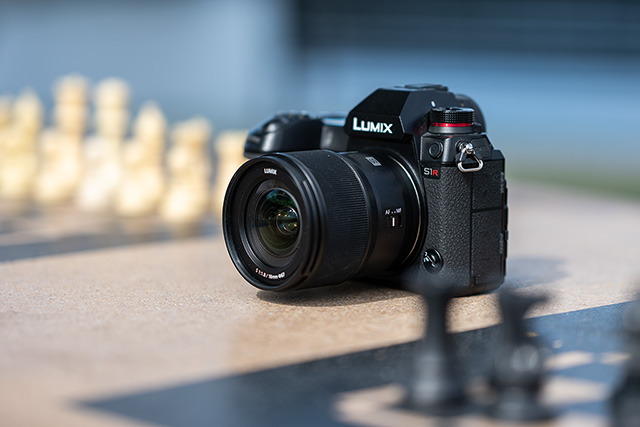
As for the look of the lens, it's fairly basic, which isn't a bad thing. It has the same styling as Panasonic's other S lenses, including a nice semi-gloss textured finish. The focus ring is quite large and offers good resistance during rotation. The overall manual focusing experience is good. The lens has just an AF/MF switch, but other than that, it's plain. The lens has an engraved white "18" on the barrel, and the focus distance range is painted beneath that. This is a small nitpick, but it's a little strange that the two markings are a slightly different shade of white. The included lens hood has a nice locking mechanism and feels quite robust. It's a small lens hood, given the 18mm focal length, you couldn't have a very long lens hood without it causing issues. The lens's filter thread is 67mm.
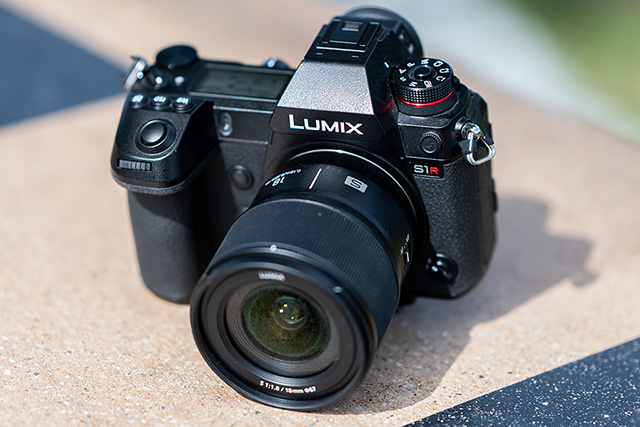
I want to expand a bit about the manual focus ring. Panasonic allows for customization of manual focus ring behavior. You can adjust the amount of focus shift based on rotational speed and total rotation. You can set the lens to change its focus linearly or non-linearly. For still photography, these features don't matter all that much. Still, this level of control over manual focus is important for video applications, especially when working with specific rigs and trying to get repeatable focus throw.
As for autofocus, the lens promises smooth, silent, quick autofocus. Panasonic cameras have autofocus systems that operate at 240 frames per second, resulting in very swift autofocus performance. The 18mm F1.8 lens focused well during my time with the lens, even in challenging situations.

While autofocus speed is good, the close-focusing capabilities are perhaps even more impressive. The minimum focus distance is 0.18 meters (0.59 feet), which is a 0.2x max magnification. That's quite impressive for a fast ultra-wide-angle lens. You can get up close and personal with subjects, although not quite to a macro level. The lens has also been designed to suppress focus breathing, which is important for video applications and when doing focus stacking.
As for optics, the S 18mm F1.8 includes 13 lens elements organized across a dozen groups. Among these elements, there are three aspherical lenses, three Extra-Low Dispersion (ED) elements, one Ultra Extra-Low Dispersion (UED), and one Ultra High Refractive Index (UHR) element. Panasonic promises exquisite sharpness, good control over aberrations, and impressive bokeh.
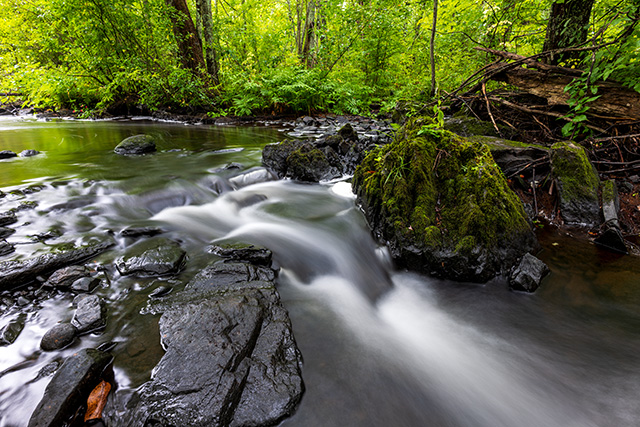
While our full review is in progress, we can briefly discuss the lens's optical performance. The lens is very sharp when shooting wide open. At F1.8, center sharpness is excellent, and corner performance is good too. There is some vignette, which darkens the corners, but that's easy to correct. By stopping down to F2.8, sharpness improves slightly, although it's not noticeable without pixel-peeping. Vignette reduction is much more noticeable. As for diffraction, it's minor until F11 but quite noticeable at F16.

As for chromatic aberrations, longitudinal chromatic aberrations are visible in the form of green and red fringes around out-of-focus elements. In the case of the S 18mm F1.8, elements behind the focal plane can exhibit some green edges when shooting wide open. Out-of-focus foreground elements have a little red fringe, although I find that it's less noticeable than the green. Generally speaking, the issue is quite minor.

Concerning bokeh, considering the fast max aperture and close-focusing distance, you can get some very lovely bokeh with the S 18mm F1.8 lens. Out-of-focus rendition is quite smooth and natural-looking. There's minor cats' eye effect near the corners, which turns circular bokeh a bit oblong, but it's minor. Overall, the bokeh is clean and consistent.
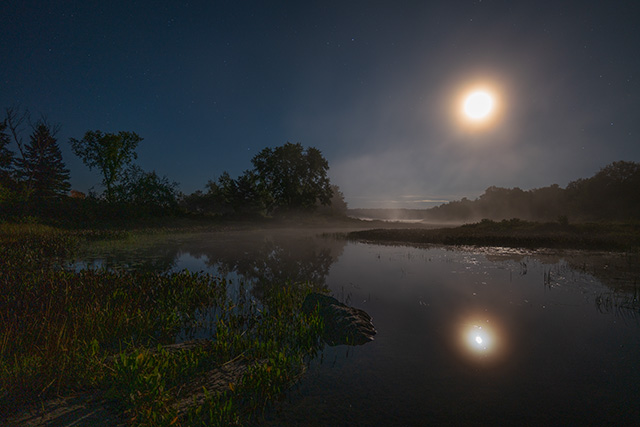
I also had the opportunity to test the S 18mm F1.8 lens out for some night sky photography. While the weather and moon phase made it challenging to get great shots, I can at least say that the 18mm F1.8 lens is a great choice for L-mount users who want to capture astro photos. Except for the very extreme corners, stars are circular. Even in the corners, there's little distortion and stars look like perfect points unless you're pixel-peeping. The performance here is very impressive. Further, I found it easy to dial in accurate focus, which is not always easy with focus-by-wire lenses. While the image below is shot at F2, which isn't quite wide open, the performance is also excellent at F1.8. When I update my "Best lenses for astrophotography" guide, you'll be sure to find Panasonic's new 18mm F1.8 lens on the list.
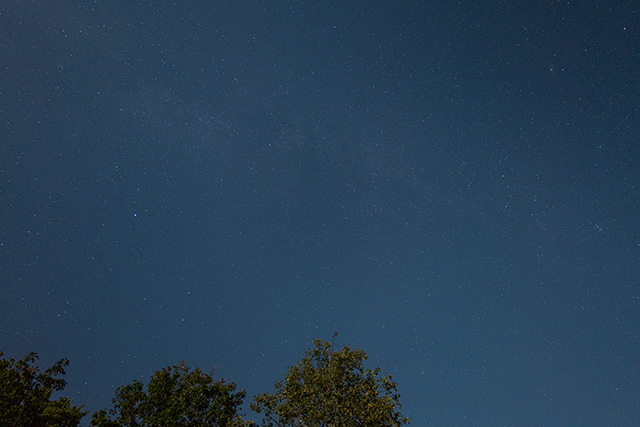
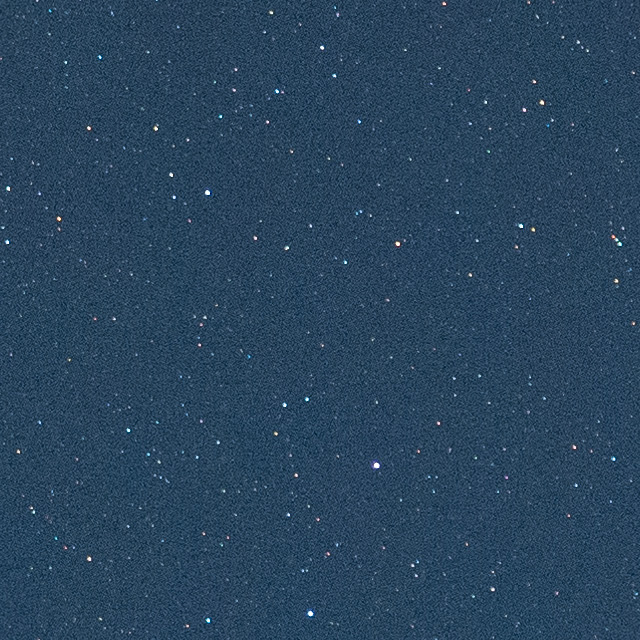
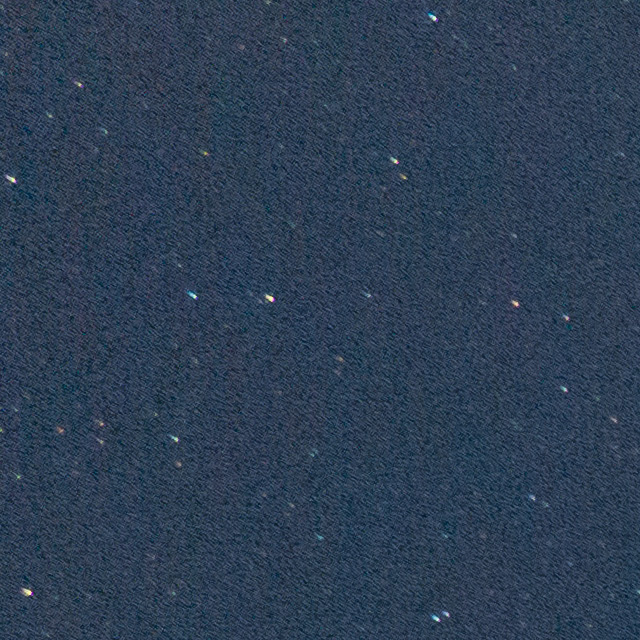
We'll go into more detail in our full hands-on review, but suffice it to say, the Lumix S 18mm F1.8 delivers outstanding image quality.
The Panasonic S 18mm F1.8 will be available to order beginning October 23. It has a suggested retail price of $999.99.